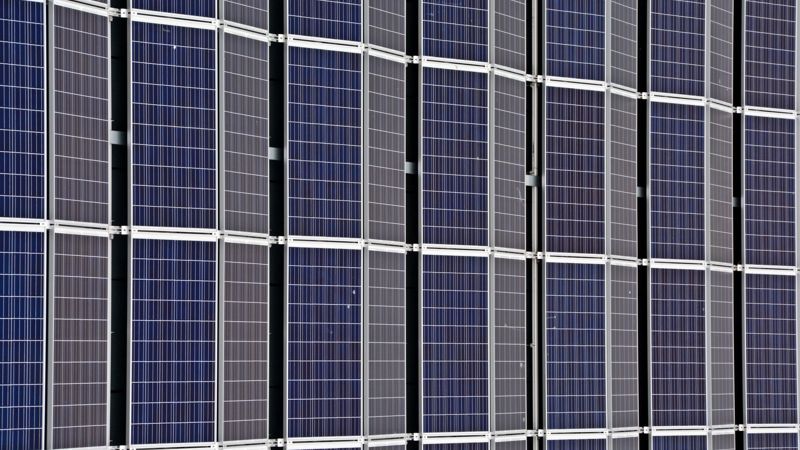
Increasing electricity demand and more intermittent electricity generation from PV and wind pose significant challenges for Europe’s security of electricity supply.
In one of our latest reports, commissioned by EUGINE & EUTurbines, we have looked at the needs for flexibility solutions to bridge so-called “dunkelflaute” periods, where demand cannot be met by intermittent electricity due to low wind and PV in-feed over several consecutive days.
Based on TYNDP 2022 data and historical weather years, we have calculated hourly residual loads for all EU-27 countries for two different TYNDP scenarios (i.e., the Distributed Energy and the Global Ambition scenarios) in the years 2040 and 2050 and have analysed the needs for flexibility solutions to bridge these residual loads.
We conclude that:
- Dunkelflaute periods of high residual loads due to low in-feed from wind and PV can be observed all over Europe. In our study we present examples from the Western European countries of Belgium, the Netherlands, France and Germany as well as examples from Ireland and the Iberian Peninsula.
- Even if we neglect existing transmission restrictions between all EU-27 countries (“copper plate” assumption for Europe) these dunkelflaute periods are no regional phenomena. While the expansion of interconnection capacity will play a crucial role in ensuring security of supply in Europe, it will not be enough. Additional flexibility measures like back up power, Demand Side Management (DSM)or storage are needed to fully bridge supply gaps across Europe.
- These energy supply gaps in times of dunkelflaute periods can exceed 100 TWh within the EU-27 in only a few weeks. To put such a supply gap of 100 TWh into perspective: This corresponds to an amount that equals the storage capacity of around 1.4 billion Battery Electric Vehicles (BEV) or 12,500 large pumped storage hydro plants.
- Even when considering the flexibility potentials from short-term flexibility solutions such as DSM, batteries and pumped hydro storage as well as from interconnector capacities, we show that additional long-term flexibility solutions such as flexible generation capacity using climate-neutral gases are needed to bridge supply gaps in times of dunkelflaute.
- These longer-term energy supply gaps can be observed regularly in a similar form. By varying underlying weather years, we show that also in less stressful years (in terms of PV and wind energy feed-in over the full year), immense backup capacities are needed in certain hours to cope with peak residual loads. Looking at residual load duration curves for a whole year, we show that overall annual electricity generation from flexible generation capacity will be limited, i.e., the capacity will be mainly needed as backup (“insurance”) to bridge dunkelflaute periods. Its overall annual power generation will be relatively small compared to the annual RES-E infeed.
To foster investments in flexible generation capacity using climate-neutral gases and other flexibility options we suggest:
- Recognising the need for all types of climate-neutral flexibility technologies;
- designing an assessment of flexibility needs that is technology-neutral and does not solely focus on DSM and storage;
- ensuring sufficient and fair income from reliable revenue streams for electricity generation, capacity availability, and ancillary services;
- synchronising and accelerating the provision of climate-neutral fuels, infrastructures in electricity and hydrogen generation, and transmission; and
- rebuilding trust through a stable regulatory environment for investors.
Read the full report by clicking here or below.
For more information please contact media@frontier-economics.com, or call +44 (0)20 7031 7000.







